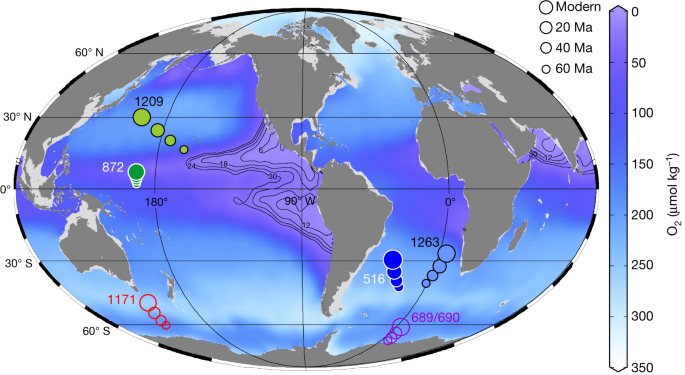2022-09-02 マックス・プランク研究所

Computer modelling of the OH reactivity (left) and OH concentration (right) around human bodies in a typical indoor situation while people sitting around a table.
© UC Irvine
研究で、室内に人がいてオゾンがあるだけで高レベルのOHラジカルが生成されることが明らかになった。
実験は、コペンハーゲンにあるデンマーク工科大学(DTU)で行われた。4人の被験者が、標準化された条件下で、特別に空調管理されたチャンバー内に滞在した。オゾンは、人体に害はないが、より高い室内レベルを代表する量だけ、チャンバーの空気流入に加えられた。研究チームは、オゾンが存在する場合と存在しない場合の両方で、ボランティアの滞在前と滞在中のOH値を測定した。
実験結果に対してモデルを検証した後、モデリングチームは、実験室でテストした条件とは異なる換気とオゾンの条件下で、人間が生成したOHフィールドがどのように変化するかを調べた。その結果、OHラジカルが存在し、豊富で、強い空間勾配を形成していることが明らかになった。
人体は様々な化学物質の工場であり、常に分子を周囲と交換しています。これらのプロセスは、化学物質が自然または人為的な排出物によって絶えず生成される大気中で起こることに似ている。
<関連情報>
- https://www.mpg.de/19157061/0902-chem-oxidation-field-152990-x?c=2249
- https://www.science.org/doi/10.1126/science.abn0340
- https://www.science.org/doi/10.1126/science.add8461
人間酸化学分野 The human oxidation field
Nora Zannoni,Pascale S. J. Lakey ,Youngbo Won,Manabu Shiraiwa,Donghyun Rim,Charles J. Weschler,Nijing Wang,Lisa Ernle ,Mengze Li,Gabriel Bekö,Pawel Wargocki,Jonathan Williams
Science Published:1 Sep 2022
DOI: 10.1126/science.abn0340
Radical development
Hydroxyl radicals (OH) are highly reactive species that are responsible for the oxidation of most pollutant gases. Outdoors, OH radicals are formed primarily by the photolysis of ozone by short-wavelength sunlight, but that light is largely filtered out by glass windows, so what is the indoor OH radical environment like? Zannoni et al. report that high concentrations of OH radicals were found when people were exposed to ozone in a climate-controlled chamber, and were a product of a reaction with the skin oil squalene (see the Perspective by Schoemaeker and Carslaw). Their finding has implications for indoor air quality and ultimately for human health. —HJS
Abstract
Hydroxyl (OH) radicals are highly reactive species that can oxidize most pollutant gases. In this study, high concentrations of OH radicals were found when people were exposed to ozone in a climate-controlled chamber. OH concentrations calculated by two methods using measurements of total OH reactivity, speciated alkenes, and oxidation products were consistent with those obtained from a chemically explicit model. Key to establishing this human-induced oxidation field is 6-methyl-5-hepten-2-one (6-MHO), which forms when ozone reacts with the skin-oil squalene and subsequently generates OH efficiently through gas-phase reaction with ozone. A dynamic model was used to show the spatial extent of the human-generated OH oxidation field and its dependency on ozone influx through ventilation. This finding has implications for the oxidation, lifetime, and perception of chemicals indoors and, ultimately, human health.



